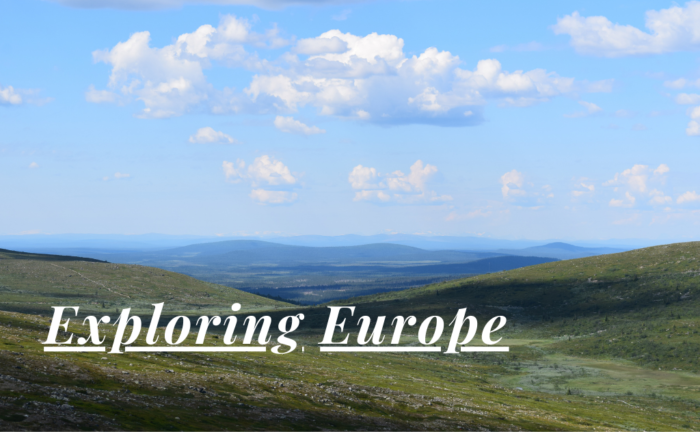Pristina is the capital of Kosovo and at the same time the country’s largest city. The Albanian spellings Prishtina and Prishtinë are also sometimes used. The city has housed the government and the parliament of Kosovo since the country’s independence in 2008. It is estimated that Kosovo has around 1,7 million inhabitants, out of these around 200.000 live in and around Pristina. The city has a majority Albanian population, with smaller minorities of Turks, Ashkali, Serbs, and Bosniaks. This results in a majority Muslim population, but this is a city with both mosques and churches. It is also a modern European city, sprawling with life.
Our Visit to Pristina
We visited Pristina in the summer of 2023. We were staying in Skopje, North Macedonia, and went on a day trip to Kosovo. The day was split between visiting the cities of Pristina and Prizren.
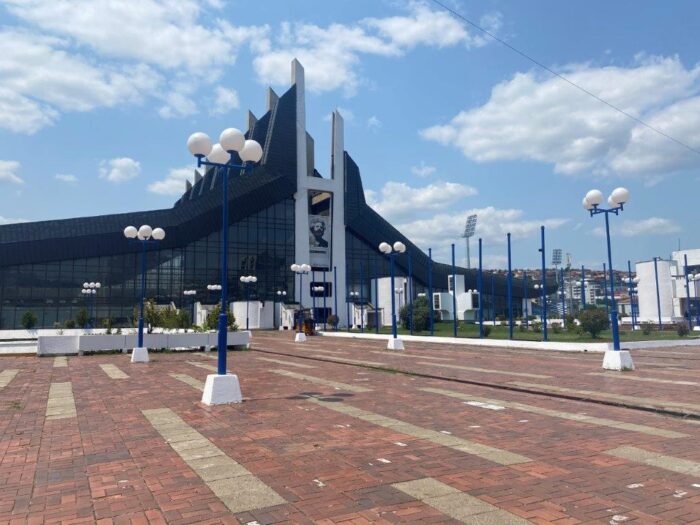
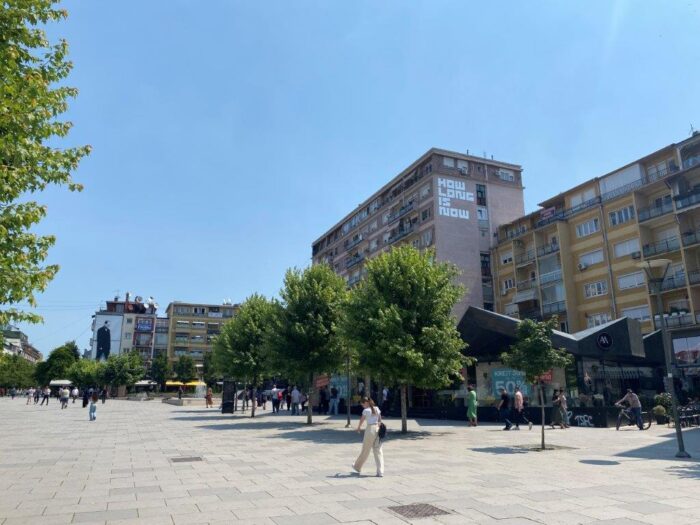
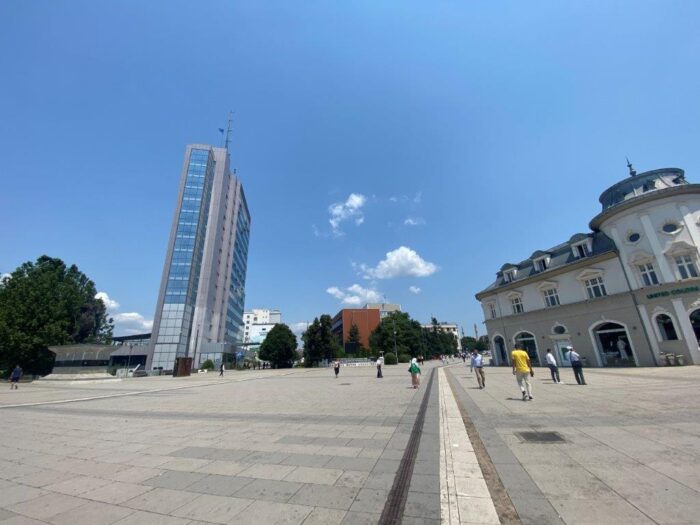
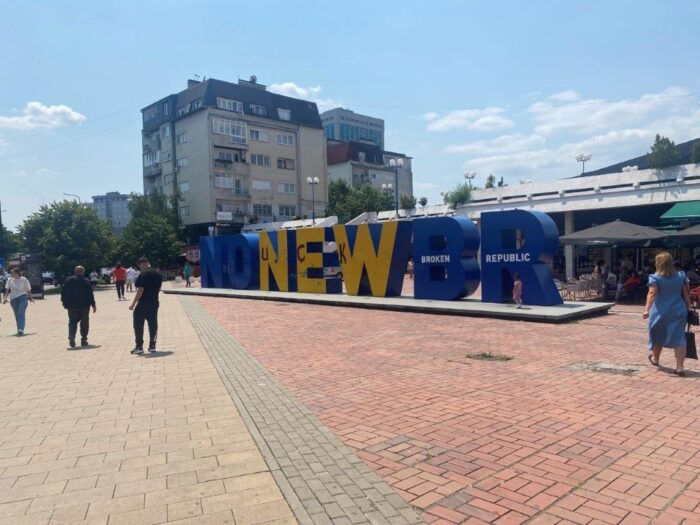
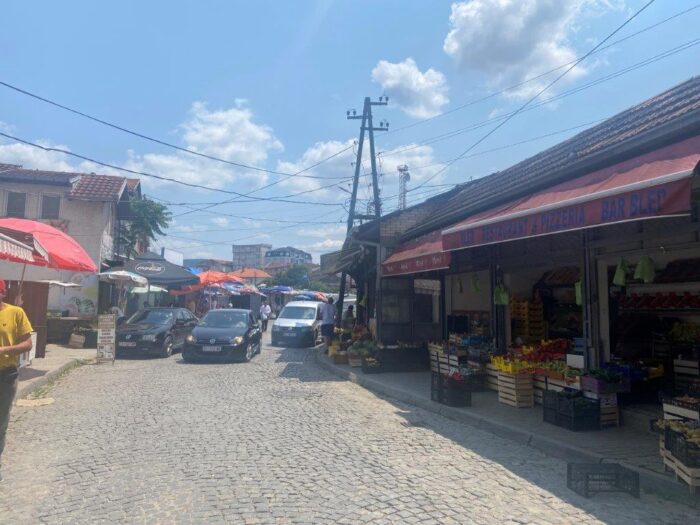

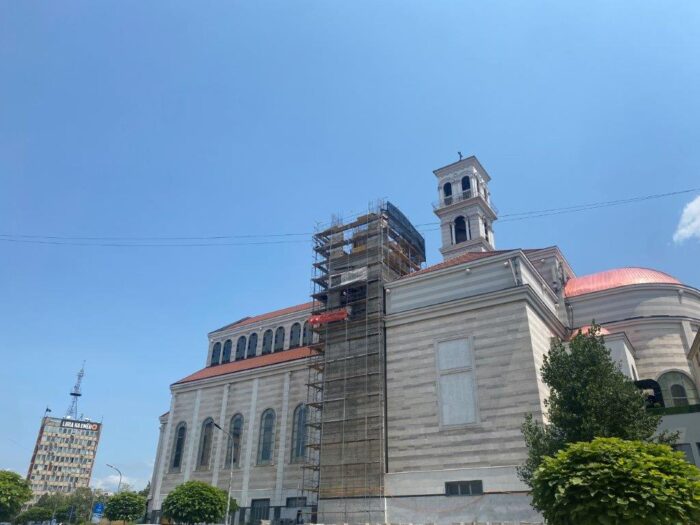

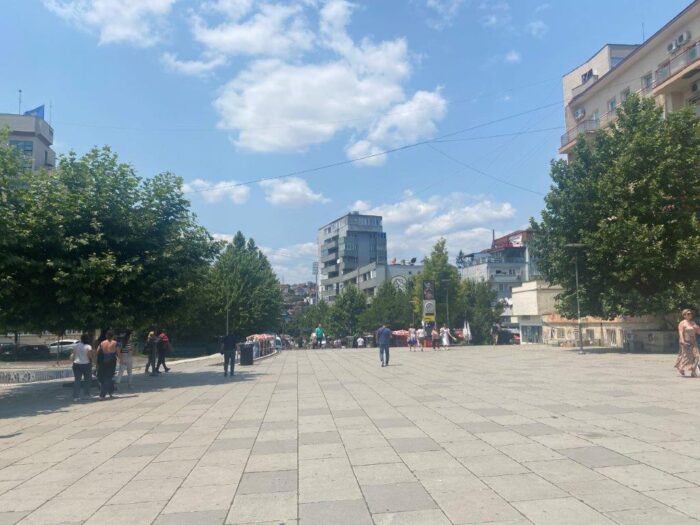
A Short History of Pristina
For most foreigners, Pristina might be best known for its history during and after the Kosovo War. This is, however, a city with a long history. Earlier cities in the area included the ancient Roman city of Ulpiana. Ulpiana has been lost to history after an earthquake in the 6th century. For Pristina the first known written mention dates back to the 14th century. It is believed to have been a small village up to at least the end of the 15th century. It was during Ottoman rule that Pristina developed into a trading center, supported by its proximity to the mines of Novo Brdo.
The 20th century
The population of Pristina had already in the 17th century during the Austro-Turkish War tried to free themselves from the Ottoman Empire. That time they were defeated and severely punished by the re-conquering Ottoman troops. The liberation did not come until 1912 when the city was liberated by Albanian rebels. The celebrations were short-lived. Only a few months after the liberation, the city was occupied by the Kingdom of Serbia. This was the start of great suffering for the local Albanian and Muslim inhabitants of the city, as well as in the rest of Kosovo.
Except for the World Wars, Kosovo remained under Serbian (and Yugoslavian) rule up until more recent times. The exception was the Bulgarian occupation during the First World War and under Italian control, as a part of Greater Albania, during the Second World War. It was not only the inhabitants that were affected as the area was a part of Yugoslavia. The communist plan for Pristina included to destroy the Ottoman legacy and modernize the town. Many historical buildings, including both mosques and churches, did not survive the new city planning. It was, however, during the Yugoslav era that the city developed and became the largest city in the province.
Kosovo’s Independence
It is impossible to talk about Pristina without mentioning the Kosovo War. The repression of the local Albanians increased already at the end of the 1980s. As a result, the Kosovo Liberation Army made itself known in 1996 with the first attacks against Serbian forces. This was the precursor of the Kosovo War that broke out in 1999. Pristina was mostly spared from the most destructive powers of the war, but a large number of Albanian refugees fled the city. NATO would a few months into the war play an important role in forcing the Serbian Forces to leave Pristina and Kosovo. The return of many Albanians who had fled did, however, result in revenge attacks on Serbs, and most Serbs had to flee from the city. Kosovo later declared its independence from Serbia in 2008 and Pristina became the capital of the new nation.
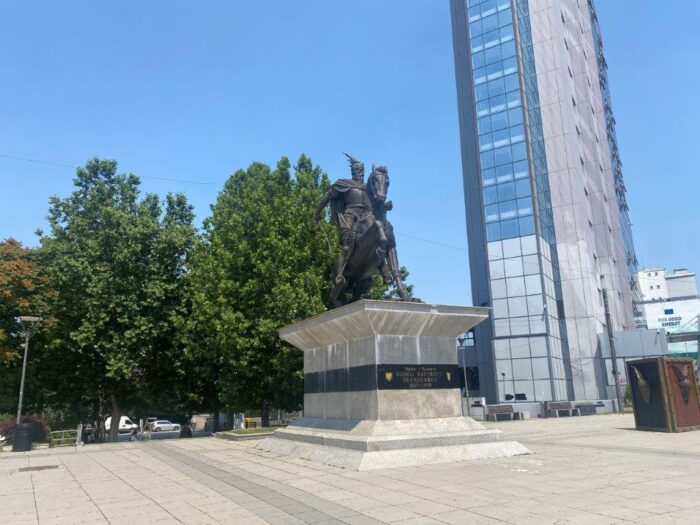





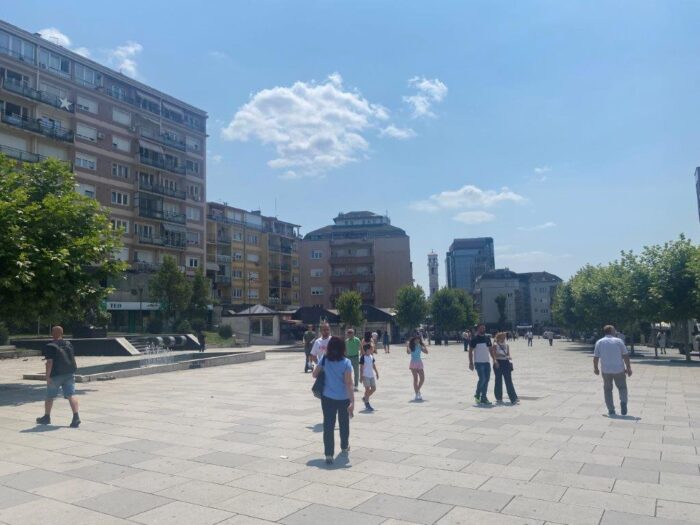


Things to Do and See
Pristina has a lot of both historical and a few more modern sights to explore. It is a city with a modern center, but where the small narrow sprawling streets can be found not too far away. There are, even with the historical events, still many historical buildings to find and the city does offer many surprises. Let us have a look at a few of the main sights, but remember that there are many many more than these.
Mother Teresa Boulevard
Known as Bulevardi Nënë Tereza in Albanian, this is the main pedestrian street in the center of Pristina. Along the boulevard are plenty of cafés and restaurants, as well as small shops.
Skanderbeg Square
Skanderbeg Square is one of the central squares of Pristina. At its center stands a monument of Skanderbeg that was erected here in 2001. Skanderbeg was a historical Albanian military commander who lived in the 15th century. At the square are also other memorials for the Kosovo War.
Newborn Monument
The Newborn Monument is a famous monument in Pristina that was unveiled on the day of Kosovo’s declaration of independence in 2008. It has since changed format a few times and does as of 2023 say NONEWBR (Broken Republic).
National Library of Kosovo
The National Library of Kosovo is probably one of the most unique buildings in the country. The current library building was inaugurated in 1982 and consists of 99 domes. The library is said to be one of the most visited attractions in the city.
Imperial Mosque
The Imperial Mosque, known locally as Xhamia e Mbretit, is one of several historic mosques in Pristina. It was built in the 15th century and was even used as a church for a short time during the Austrian occupation in the 17th century. Other notable mosques include the Jashar Pasha Mosque, the Çarshi Mosque, and the Pirinaz Mosque.
Cathedral of Saint Mother Teresa
The Cathedral of Saint Mother Teresa, known locally as Katedralja Shën Nënë Tereza, is a historical building whose construction began in 2007. This is a Roman Catholic cathedral, which makes it special due to the low number of Catholics in Pristina. Its tower is one of the tallest structures in the city.
Museum of Kosovo
The Museum of Kosovo is housed in a yellow building dating back to 1898. The building has had many uses before becoming a museum in 1995. The museum is today home to many collections of historical artifacts, some dating back several thousand years.



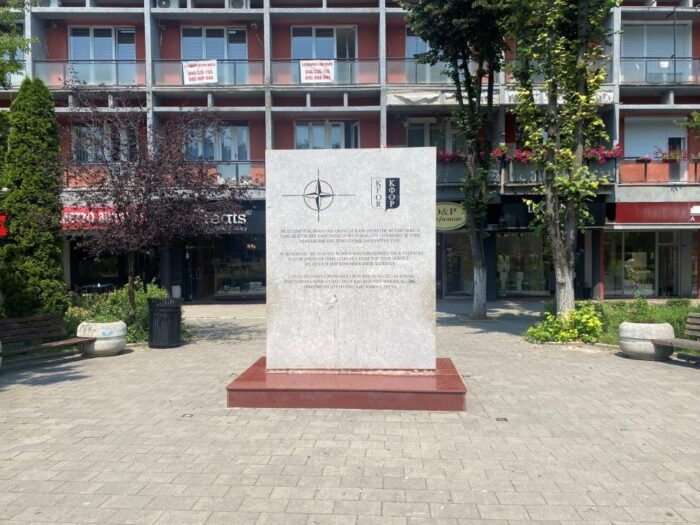


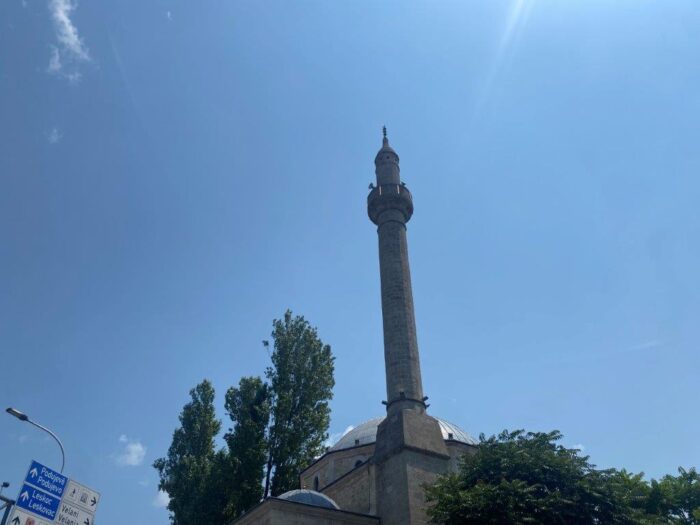
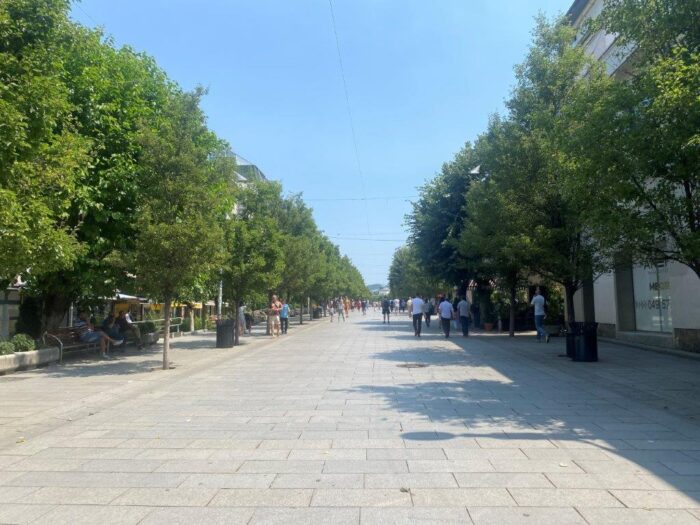

How to Get to Pristina
- Flights: Pristina International Airport (PRN is located just 20 kilometers to the west of the city center.
- Car: Pristina lies in the center of the country, with highways connecting the city with both Albania and North Macedonia.
Looking to Explore more of Kosovo and Europe?

